filters
Nov 26, 2011 14:12:54 #
wisecrafter wrote:
I have a "Hoya special effect filters" users instructions pamphlet, and Chapjon is correct, it is a Center Spot. The center spot is a close-up lens of approximately +2 diopters with a hole cut in the center.
As a side note, CS also designates Color-spot. You can tell if it is a Color-Spot because it will have a hole in the center and comes in Red, Green, Yellow, and Gray.
As a side note, CS also designates Color-spot. You can tell if it is a Color-Spot because it will have a hole in the center and comes in Red, Green, Yellow, and Gray.
Again, not to be contradictory or argumentative but:
Here is the heading for the first filter pictured below and currently up for auction on ebay. It is labeled CS on the ring. Hopefully you can see it:
HOYA AUTH 55mm CS CROSS STAR LENS FILTER IN CASE - JAPAN EXCELLENT CONDITION
The second filter is a Center Spot found on Google Images. It is labeled Center-Spot on the ring. Hopefully you can see it.
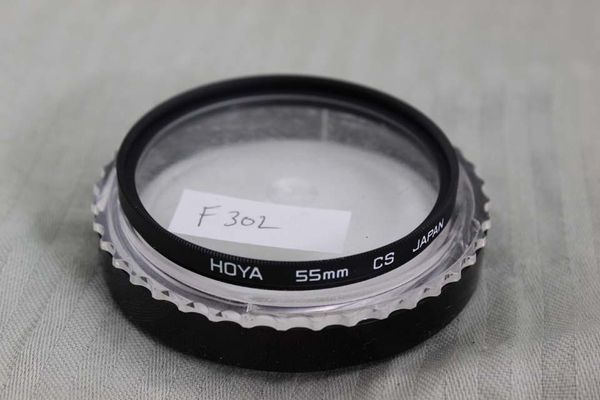
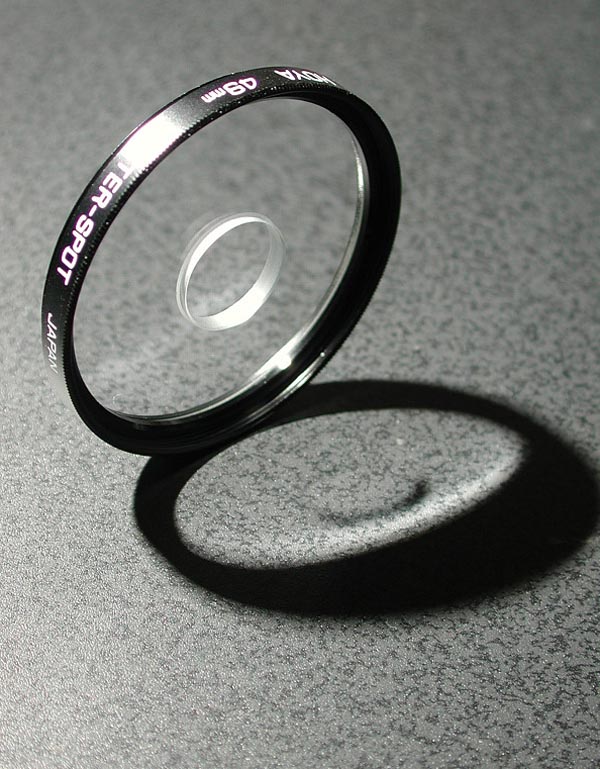
Nov 26, 2011 14:23:04 #
That's really interesting, since my cross screen Hoya filter is stamped on the outside of the filter "HOYA 77mm CS Japan", plain as day. Maybe Hoya should rewrite their special effects filters user instruction pamphlet, or change the designation on the filter itself.
wisecrafter wrote:
I have a "Hoya special effect filters" users instructions pamphlet, and Chapjon is correct, it is a Center Spot. The center spot is a close-up lens of approximately +2 diopters with a hole cut in the center.
As a side note, CS also designates Color-spot. You can tell if it is a Color-Spot because it will have a hole in the center and comes in Red, Green, Yellow, and Gray.
As a side note, CS also designates Color-spot. You can tell if it is a Color-Spot because it will have a hole in the center and comes in Red, Green, Yellow, and Gray.
Nov 26, 2011 14:26:06 #
Many others in here or those yet to join, will appreciate this discussion because of its great information and insights.
I have learned that you need to look at each designation on filters and ask if you are unsure what it means because manufactures may use the same designation for different capabilities of filters.
I have learned that you need to look at each designation on filters and ask if you are unsure what it means because manufactures may use the same designation for different capabilities of filters.
Nov 26, 2011 14:26:40 #
I have figured it out guys the hoya cs i have has a grid of tiny squares that i did not notice until later on last evening so i took it into town and shot some cars and street lights and it makes a six point star on all lights its pretty neat. mystery solved.I thank you guys I really learn so much from all of you its like having a mini university of photography at my finger tips. thanks again omni out.
Nov 26, 2011 14:27:35 #
Right On.
chapjohn wrote:
Many others in here or those yet to join, will appreciate this discussion because its great information and insights.
I have learned that you need to look at each designation on filters and ask if you are unsure what it means because different manufacture may use the same designation for different capabilities of filters.
I have learned that you need to look at each designation on filters and ask if you are unsure what it means because different manufacture may use the same designation for different capabilities of filters.
Nov 26, 2011 14:29:15 #
I always put mine on during the lighting of the unity candle at weddings (there are lot's of other opportunities for it also). It really adds something to that shot, that so far, all couples love.
omnila wrote:
I have figured it out guys the hoya cs i have has a grid of tiny squares that i did not notice until later on last evening so i took it into town and shot some cars and street lights and it makes a six point star on all lights its pretty neat. mystery solved.I thank you guys I really learn so much from all of you its like having a mini university of photography at my finger tips. thanks again omni out.
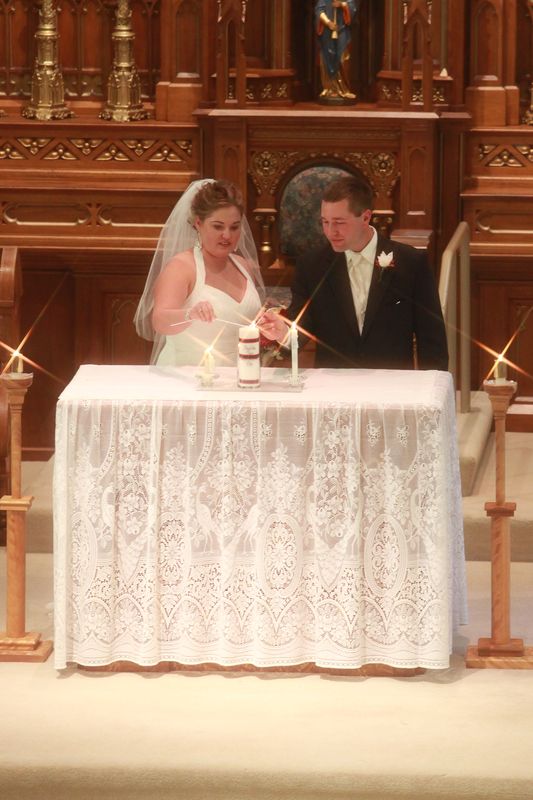
Nov 26, 2011 14:34:49 #
Nov 26, 2011 14:37:39 #
Nov 26, 2011 14:54:19 #
Nov 26, 2011 17:10:05 #

Nov 26, 2011 17:34:32 #
wisecrafter wrote:
quote=gessman quote=wisecrafter I have a "H... (show quote)
I'm having a hard time reading the thing you posted but it seems as though there's not mention of "CS" as an abbreviation on anything but the Cross Screen as best I can tell. I looked up both the Center Spot and the Color Spot and neither of them use the designation of "CS" so until I see it specifically used as an abbreviation for all three types of filters, I think I'll stick to how I've been seeing it used by Hoya for several years now - for the Cross Screen. "CS" is on the Cross Screen and Center Spot and Color Spot are spelled out with no abbreviation used.
When it comes to the cross screen filters, you can also get them with rainbow coloring or just plain with no added color. I personally prefer the ones that have no color.
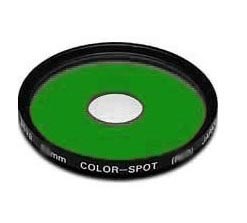
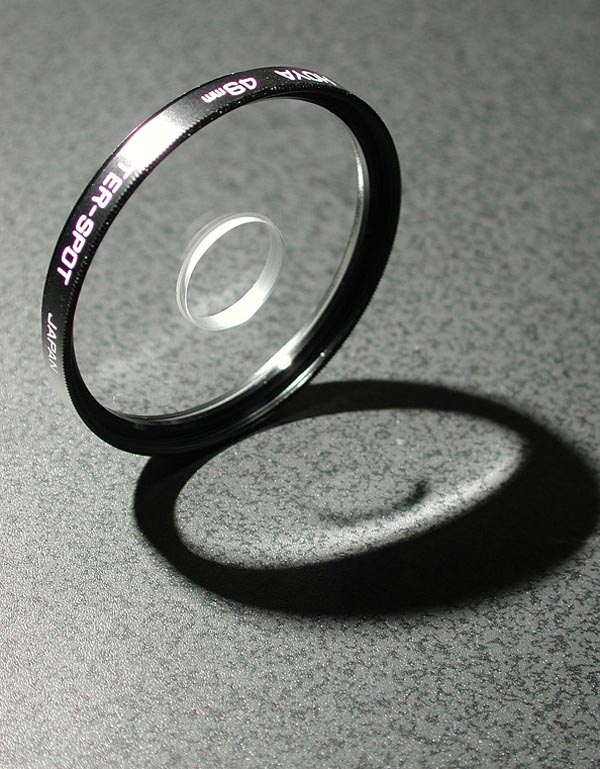
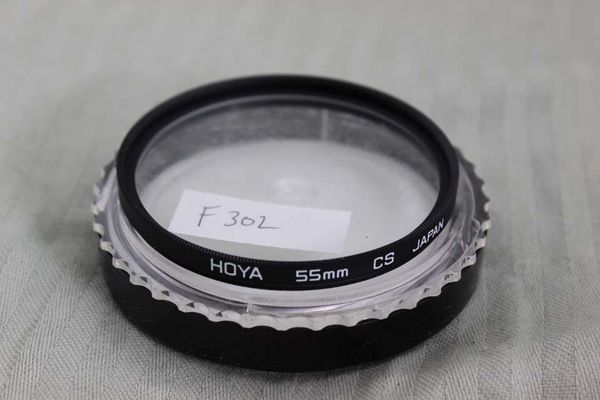
Nov 26, 2011 18:46:32 #
saside wrote:
quote=gessman Not to be contradictory but differe... (show quote)
saside I would differ from you on the attributes of Pueblo...its all good depending on what you choose it to be?
Nov 26, 2011 18:49:40 #
I wasn't to serious I like this town and everyplace I have been has it's up and downs. It's all in what you make of it.
Nov 26, 2011 18:55:14 #
whitewitch wrote:
quote=gessman Not to be contradictory but differe... (show quote)
I did have a wonderful Thanksgiving and trust you did also - just way too much food but worth it. :-)
Regarding the filters, the worst piece of glass in your setup is going to affect the quality of your images. Really good filters cost some bucks and still are probably not as good a quality as the glass in your lens so there's a real good possibility that you're going to lose some small amount of quality no matter what and in spite of what the filter manufacturers say on the subject. Many, if not most, if not all digital SLRs have a filter in front of the sensors called a "high pass filter" and it is basically a UV filter. I'm under the impression that it is there as some form of protection for the sensor, perhaps from damage due to direct sunlight for those who like to aim their camera at the sun. Film was directly affected by UV and IR but I've not heard anyone say that digital is similarly affected so those filters are apparently not necessary.
As noted, some folks think they're protection but here's the deal - if you're afraid to take pictures for fear that your lens may get damaged, keep it in a drawer in the house. To me, it was made to us. I'm careful but my attitude is that if it gets damaged, it gets damaged. I'm not going to refuse to use a lens to its maximum capability for fear that it may get damaged. I don't like tossing money away any more than the next person but lens are bought to use. Many of the pros who's work I've come to respect do not use filters and that's good enough for me. I use a polarizer to cut glare and unwanted reflection off of non-metallic surfaces and a graduated neutral density filter to darken a bright washed out sky so I can get detail in what's on the ground or lower half of an image. I have a bunch of "trick" filters from early film days but I rarely use then, filters such as "star" filters for special lighting situations, mostly low light, like candles, etc., warming filters, etc., but as I said, they don't get much use. Some people use Skylight (1A) or UV filters to keep their lens from getting "scratched" but when you think about that, there's not a lot of circumstances when your lens will get scratched so to me that's not a factor. If a lens is dropped, I don't see how a filter screwed into it is going to protect it. It's the jar that causes damage. That's my take. Your mileage may vary.
I'm glad to see your picture hasn't retreated.
Nov 26, 2011 19:27:38 #
gessman wrote:
quote=whitewitch quote=gessman Not to be contrad... (show quote)
Some call it a "hot mirror" which reflects UV and IR which sensors are affected by in two ways. without the mirror the color would be different and the sensors are sensitive the two different wave lenths. With that being said gessman is as usual right on target.
If you want to reply, then register here. Registration is free and your account is created instantly, so you can post right away.






